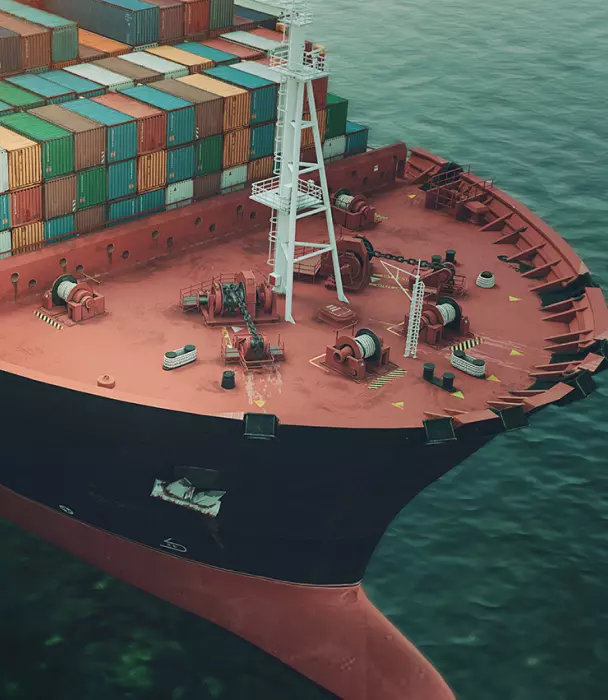Freight forwarding is a complex and demanding field that requires careful planning, coordination, and execution. Mistakes can be costly, leading to delays, additional expenses, and unsatisfied customers.
In this article, we will highlight five common mistakes to avoid in freight forwarding, helping you streamline your operations and achieve success. Here are five common mistakes in freight forwarding that you should avoid at all costs:
1. Inadequate Documentation
One of the most common mistakes is poor management of documentation. Every shipment involves a range of paperwork, from shipping labels to invoices and Bills of Lading. Failing to provide accurate, complete, and timely documents can lead to delays, extra costs, or even the seizure of your goods.
How to Avoid:
- Double-check all the paperwork related to a shipment.
- Use a reliable document management system.
- Seek advice from experts who understand the nuances of international shipping documentation.
- stay up-to-date with any changes in regulations.
2. Neglecting Insurance Coverage
Neglecting to secure adequate insurance coverage is a costly mistake in freight forwarding. Unexpected events such as theft, damage, or loss can occur during transportation, potentially causing significant financial losses.
How to Avoid:
- Always opt for comprehensive coverage that aligns with the nature of your cargo.
- Consult with your freight forwarder to understand the best insurance options for your needs.
3. Incorrect Freight Classification:
Proper freight classification is essential for accurate pricing, customs compliance, and efficient transportation. Mistakes in classifying shipments can result in incorrect charges, delays at customs, and logistical challenges.
How to Avoid:
- Understand the classification system and seek guidance when needed
- Double-check the accuracy of freight classification for each shipment.
4. Failure to Embrace Technology:
In today's digital age, failing to embrace technology is a major mistake in freight forwarding. Technology solutions such as real-time tracking systems, automated documentation management, and online platforms can significantly enhance efficiency, transparency, and customer satisfaction.
How to Avoid:
- Stay updated with the latest advancements in freight forwarding technology
- Invest in solutions that can streamline your operations and improve overall performance.
5. Failing to Vet Freight Forwarders
Not all freight forwarders are created equal. Some might offer competitive prices but compromise on service quality, while others might not have the global network you need.
How to Avoid:
- Conduct thorough research before selecting a freight forwarder.
- Ask for client testimonials and case studies.
- Confirm that the forwarder has expertise in shipping your type of goods and to your target destinations.
Conclusion
By avoiding these common mistakes, you can optimize your freight forwarding operations for efficiency, reliability, and cost-effectiveness. Always remember, the devil is in the details; meticulous planning and execution can save you both time and money in the long run.
At All-Forward, we are committed to providing seamless freight forwarding solutions that minimize risks and optimize your supply chain. From state-of-the-art tracking systems to expert advice, we offer a range of services designed to make your shipping experience as smooth as possible. Visit our website at All-Forward to learn more.


